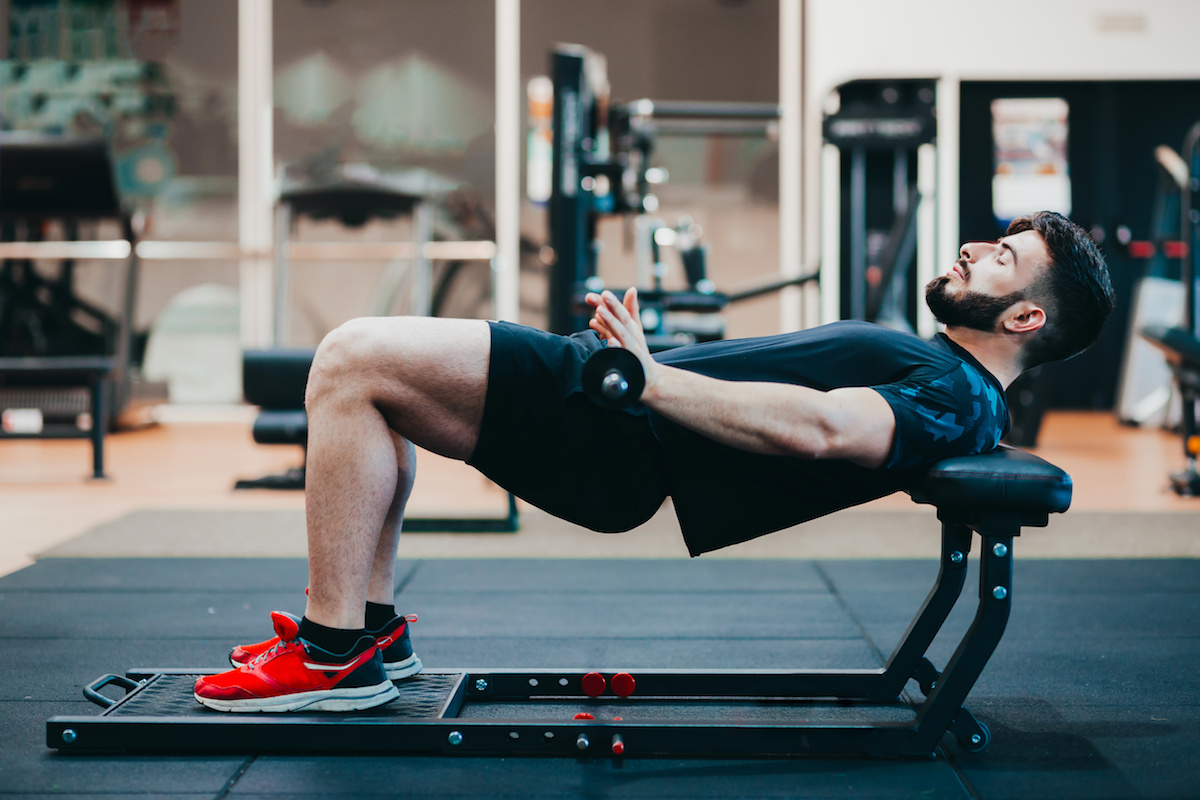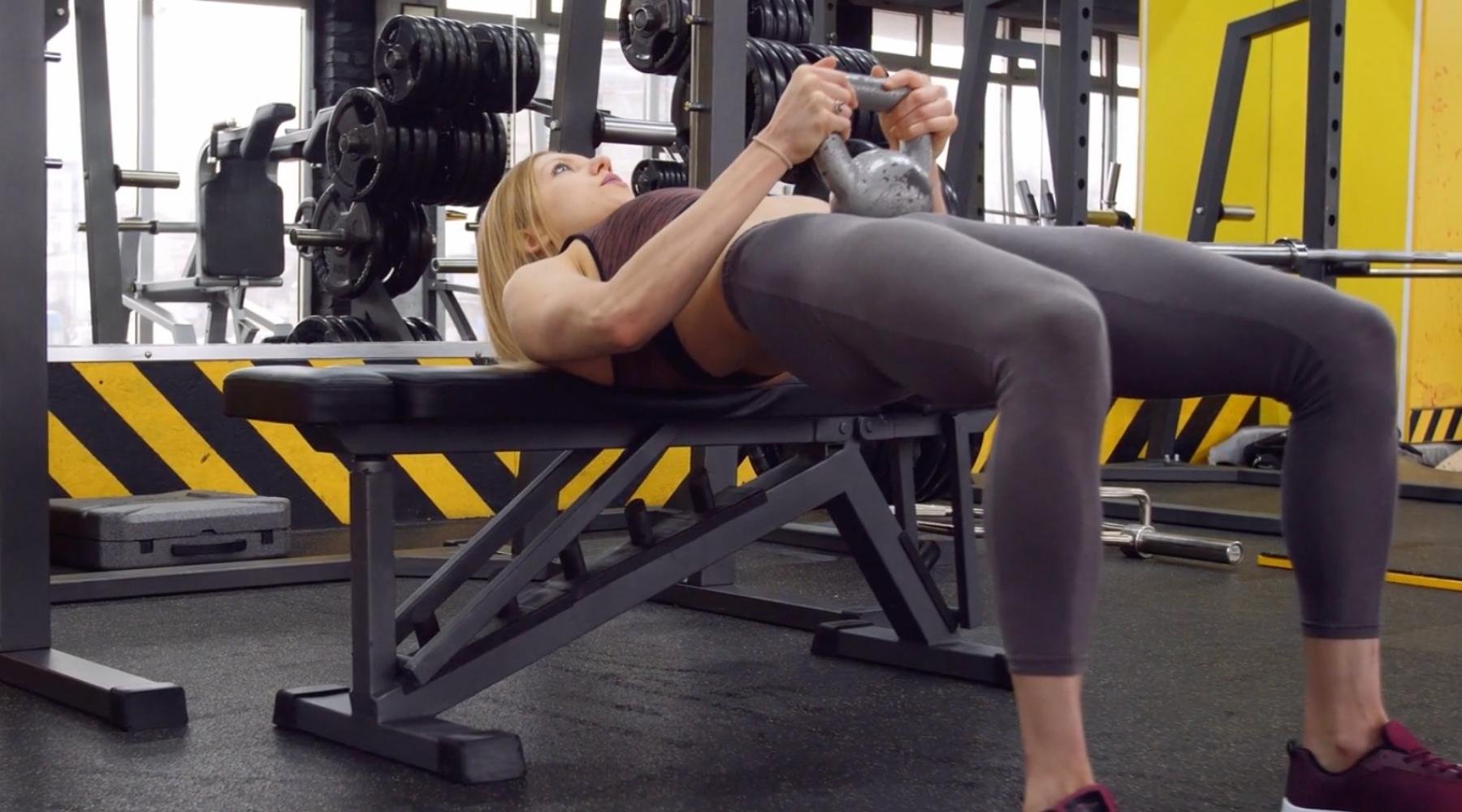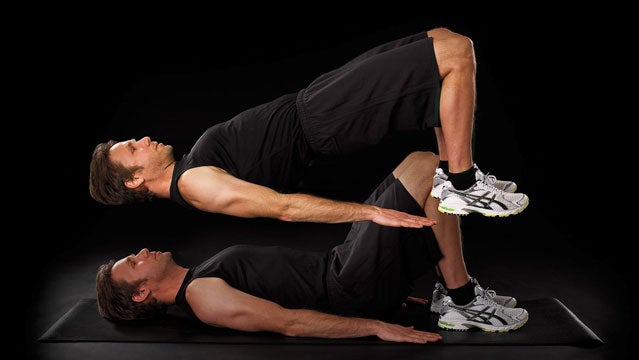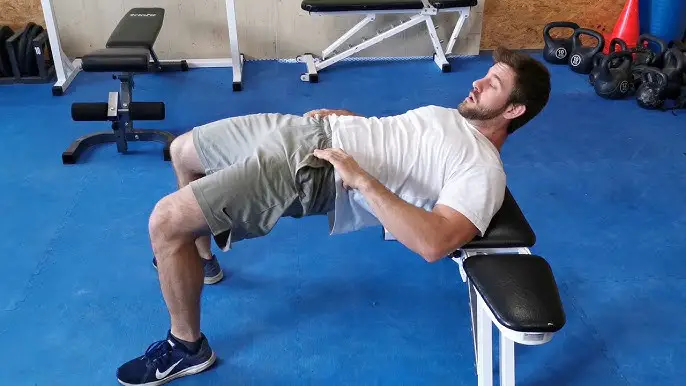What Part of The Body Does Hip Thrust Work: Unlocking The Secrets of a Powerful Exercise
In the world of fitness, the question of **what part of the body does hip thrust work** is a common one. Whether you're a novice working on your first fitness routine or a seasoned athlete looking to optimize your workouts, understanding the benefits and targeted muscles of the hip thrust is crucial. Let's unravel the magic behind this exercise and explore how it contributes to building a stronger and more balanced body.

The Anatomy Behind Hip Thrusts
Understanding **what part of the body does hip thrust work** begins with a look at the muscles engaged during this exercise. The primary muscles targeted by the hip thrust are the glutes, particularly the gluteus maximus. However, it doesn't stop there. The gluteus medius, hamstrings, quadriceps, and core muscles also play significant roles in stabilizing and executing the movement. This comprehensive muscle engagement makes hip thrusts a powerful exercise for anyone looking to enhance their lower body strength and stability.
Gluteus Maximus: The Powerhouse
The gluteus maximus is the largest of the three gluteal muscles and is primarily responsible for the shape and size of your buttocks. When performing a hip thrust, the gluteus maximus is primarily engaged during the lifting phase, driving the hips upward against resistance. This muscle group not only contributes to aesthetics but also plays a fundamental role in movements such as running, jumping, and climbing. Strengthening your glutes through hip thrusts can improve athletic performance and reduce the risk of injuries in these activities.
Supporting Muscles: Gluteus Medius and Minimum
While the gluteus maximus often takes the spotlight, the gluteus medius and minimus are equally important. These muscles are located on the outer surface of the pelvis and are essential for hip stabilization. They play a critical role in maintaining balance and proper alignment of the hips and pelvis during movement. Engaging these muscles through hip thrusts can enhance your overall stability, prevent common lower body injuries, and improve your posture.

Lower Body Synergy: Hamstrings and Quadriceps
When considering **what part of the body does hip thrust work**, it's essential to acknowledge the synergistic involvement of the hamstrings and quadriceps. The hamstrings, located at the back of the thigh, assist in hip extension during the thrusting motion. At the same time, the quadriceps at the front of the thigh act as stabilizers. This combination not only enhances muscle coordination but also contributes to balanced muscle development and increased lower body strength.

Core Strength and Stability
While hip thrusts are primarily known for their impact on the lower body, they also engage the core muscles significantly. The abdominals and lower back muscles work together to stabilize the torso and maintain proper form during the thrusting motion. A strong core is essential for overall body stability and can improve performance in other exercises and everyday activities. Incorporating hip thrusts into your routine can help build a solid core foundation, reducing the risk of lower back pain and enhancing your overall functional strength.

The Benefits of Hip Thrusts
Now that we've explored **what part of the body does hip thrust work**, it's essential to understand the broader benefits of this exercise. Regularly incorporating hip thrusts into your fitness routine can lead to improved muscle strength, enhanced athletic performance, injury prevention, and better aesthetics. Additionally, hip thrusts can be performed with various equipment, such as resistance bands, barbells, or even an air fryer, making them accessible for individuals of all fitness levels and preferences.

Strengthening for Everyone: Beginners to Advanced Athletes
Regardless of your fitness level, hip thrusts can be modified to suit your needs. Beginners can start with bodyweight hip thrusts or use resistance bands to build foundational strength gradually. As you become more comfortable and stronger, you can progress to using a barbell for added resistance. For advanced athletes, incorporating hip thrusts with heavy weights or performing single-leg variations can challenge the muscles further and promote continuous progress.
Enhancing Athletic Performance
Athletes from various disciplines, such as runners, sprinters, and weightlifters, can benefit significantly from hip thrusts. The improved strength and power in the glutes and lower body translate into enhanced performance on the field, track, or lifting platform. The explosive hip extension involved in hip thrusts is particularly beneficial for activities requiring sudden bursts of speed or powerful jumps.
Injury Prevention and Rehabilitation
Weak glutes are often associated with various lower body injuries, including knee pain, hip pain, and lower back pain. By strengthening the glutes through hip thrusts, you can address muscle imbalances and reduce the risk of these common injuries. Moreover, hip thrusts can be a valuable exercise for rehabilitation, helping individuals recover from injuries and regain their functional strength.
Aesthetics and Body Confidence
For many fitness enthusiasts, aesthetics play a significant role in their workout goals. The hip thrust is a go-to exercise for those seeking to enhance the shape and size of their glutes. By targeting the gluteus maximus effectively, hip thrusts can help you achieve a more sculpted and lifted appearance. The confidence boost from improved aesthetics can further motivate and inspire you to stay committed to your fitness journey.
Best Practices and Tips for Effective Hip Thrusts
To maximize the benefits of hip thrusts, it's essential to follow proper form and technique. Here are some tips to ensure you're performing this exercise effectively:
- Set up with your upper back on a bench and feet firmly planted on the ground.
- Keep your knees bent at a 90-degree angle and your shins vertical.
- Engage your core and glutes before initiating the thrust.
- Drive through your heels to lift your hips, extending them fully at the top.
- Pause briefly at the top and squeeze your glutes for maximum activation.
- Lower your hips back down with control and repeat.
Essential Equipment for Hip Thrusts

Air Fryer: air fryer - Enhance your workouts with delicious and healthy meals. Knife Set: knives set - Keep your meal prep efficient and enjoyable with a quality knife set. Cutting Board: cutting board - A sturdy cutting board is essential for preparing your favorite ingredients.
Conclusion
Understanding **what part of the body does hip thrust work** is key to unlocking the full potential of this powerful exercise. By targeting the glutes, supporting muscles, and core, the hip thrust can enhance your strength, stability, and overall fitness. Whether you're aiming for improved athletic performance, injury prevention, or aesthetic gains, incorporating hip thrusts into your routine can lead to significant benefits.
For further resources, you can read this detailed article on hip thrust machine, glute bridges, and hip abductions. These guides are sure to provide even more depth and variety for your workouts.
As an Amazon Associate, I earn from qualifying purchases.

Cutting Board Conditioner: cutting board conditioner - Maintain your cutting board to ensure it stays in top condition for all your meal prep needs.
Stainless Steel Cleaner: stainless steel cleaner - Keep your cookware shiny and spotless with a reliable stainless steel cleaner.

